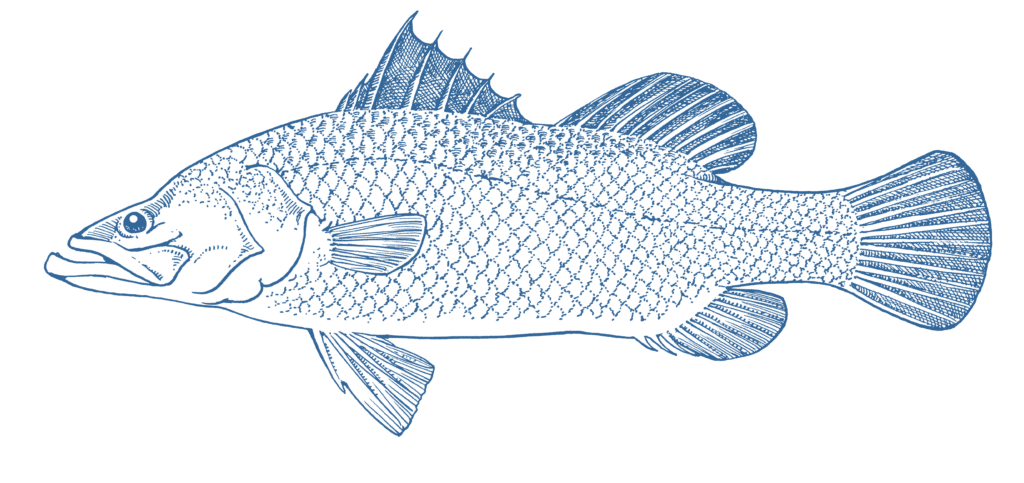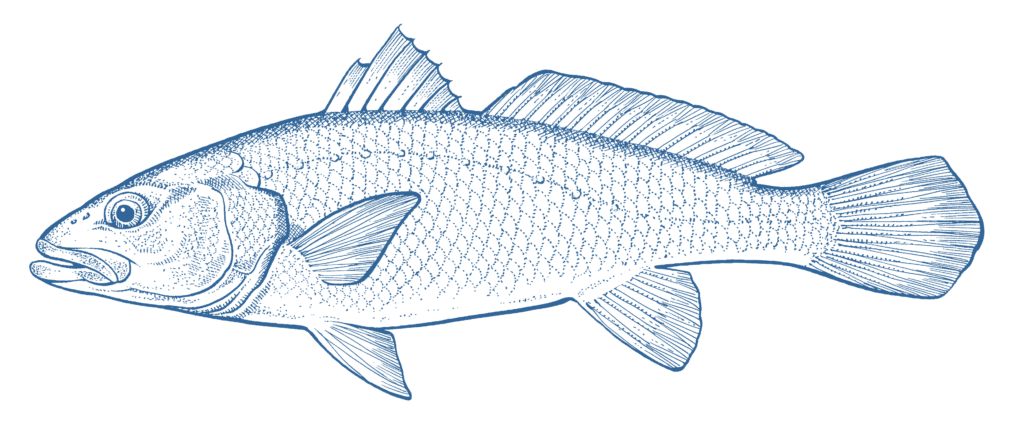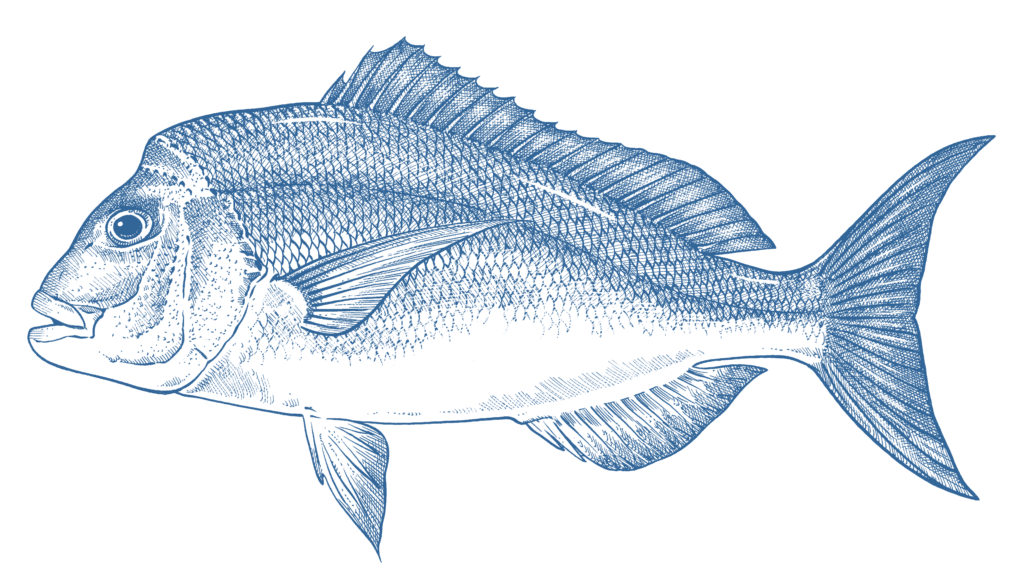
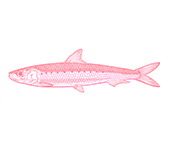
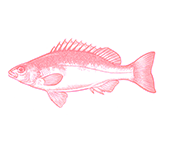


- Say No
Wild Caught
Region:
NSW
- Mulloway are a large predatory fish found around surf beaches, coastal reefs and inlets and estuaries throughout subtropical and southern Australia
- Mulloway are caught using bottom gillnet and beach haul net methods in NSW
- The stock status of mulloway in NSW is of concern, with fishery metrics indicating that the stock is seriously overfished.
- The nets used to catch mulloway generally have a low impact on habitat
- Fishery impacts on threatened species appear minimal, although there has been little independent observer coverage in recent years
- Bycatch of threatened and protected species may be low, but there is concern over the absence of any reliable information collection program.
- NSW Estuary General Fishery and Ocean Trap and Line Fishery (43t in 2020)
Mulloway is a large predatory fish widely distributed throughout inshore coastal marine and estuarine sandy and reef environments; and is targeted by commercial and recreational fisheries around subtropical and southern Australia. The recreational catch in some states in Australia is a significant portion of the overall catch of mulloway, and can equal or exceed commercial landings.
NSW mulloway fisheries are managed as a single biological stock, though there is evidence of finer scale separation within each State’s waters.
Mulloway are severely overfished in NSW, as a result of both commercial fishing and a significant catch by recreational fishers. Too many fish have been caught before they are able to grow large enough to become effective breeders. A recovery plan has been put in place by management, but it is not yet clear whether this is being successful. Wider reforms to NSW fisheries may support the recovery of the fishery in future.
Mulloway are caught using bottom gillnet and beach haul fishing methods throughout NSW inshore coastal waters and in ocean-connected lakes and estuaries. These fishing methods pose a low risk to seabed habitats.
While there are concerns about inadequate observer coverage in these fisheries that would ensure reliable records of protected species bycatch, and there is evidence that interactions with endangered wildlife does occur, the small scale of most of the fishing operations and the fact that fishers are present at the nets during fishing means that wildlife caught can be released alive.



